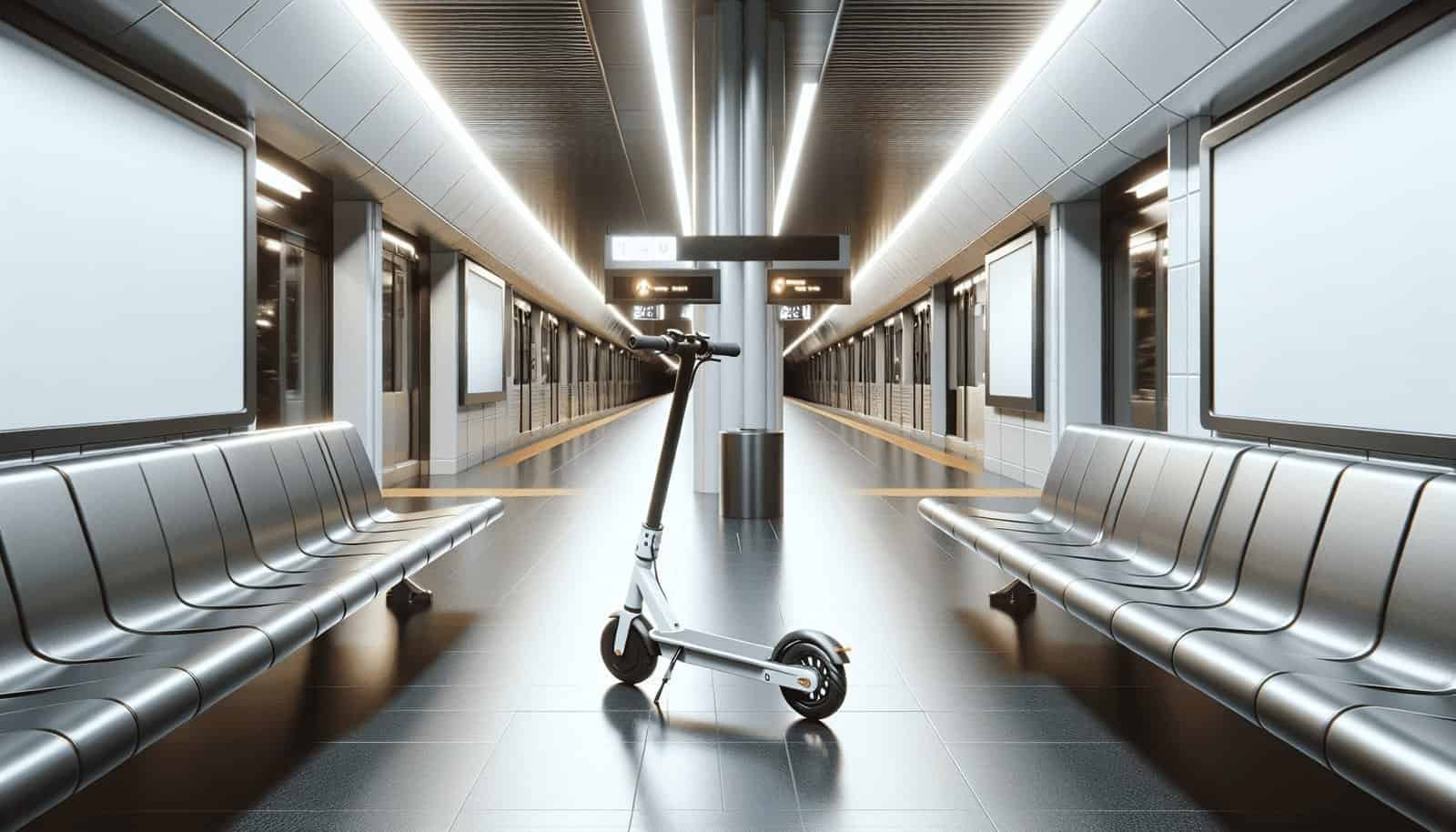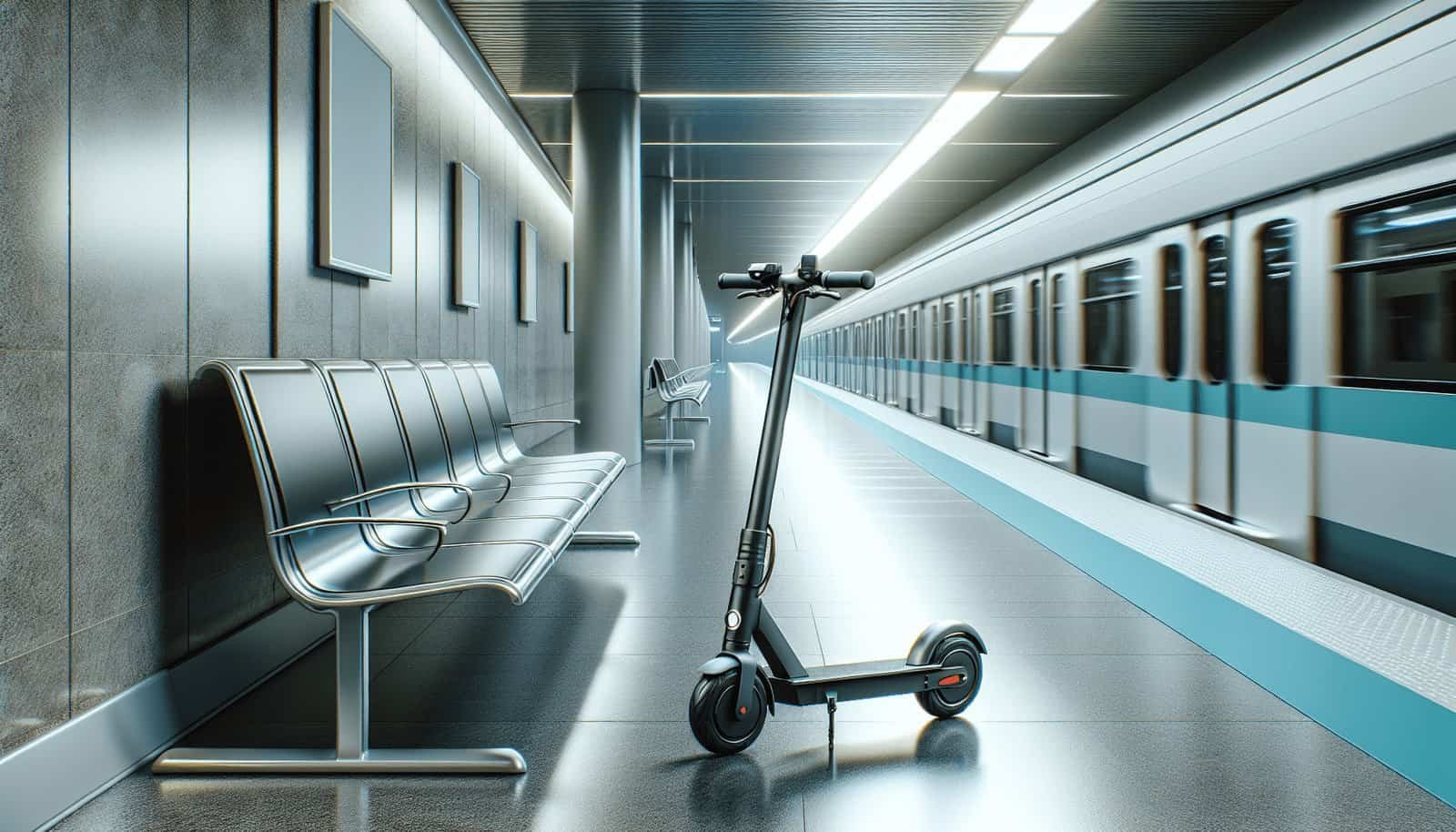Imagine you’re heading off on a city adventure and want the convenience of your electric scooter for those last-mile rides. The tricky part? Figuring out how to bring it along on public transportation without any hiccups. In “What Is The Ideal Way To Transport My Electric Scooter On Public Transportation?” you’ll find all the tips and tricks you need to make your commute smooth and hassle-free. From folding techniques to knowing transit regulations, this guide ensures you and your scooter travel seamlessly together. Have you ever wondered what is the ideal way to transport your electric scooter on public transportation? If you’ve been pondering this thought, you’re not alone! Many electric scooter enthusiasts find themselves in this predicament. Worry not, though, because we’re going to explore the most efficient and friendly ways to bring your electric scooter on various forms of public transportation.

Understanding Public Transportation Policies
To start, it’s crucial to be acquainted with the policies of your local public transportation system regarding electric scooters. These regulations can vary widely between cities, countries, and transportation agencies.
Research Local Rules
Begin by checking the official website of your local transportation authority or contacting their customer service. This step ensures you understand the specific regulations you need to follow. For instance, are there size restrictions? Do they require that scooters be folded? Are there particular times of day when scooters are not allowed?
General Guidelines
While specific rules can differ, there are some common guidelines you might encounter:
| Rule/Requirement | Description |
|---|---|
| Folding Requirement | Electric scooters must be foldable and folded when boarding. |
| Size Limitations | Scooters must not exceed specific dimensions when folded. |
| Onboard Behavior | Scooters must be kept clear of aisles and exits and should not block other passengers. |
| Carriage in Bags | Some systems may require the scooter to be carried in a bag. |
Preparing Your Scooter for Transport
Once you’re aware of the rules, the next step is preparing your scooter for transport. Proper preparation can make the process smoother and less stressful.
Ensure Your Scooter is Foldable
For added convenience and compliance, opt for a foldable electric scooter. Most modern electric scooters have foldable designs making them apt for public transportation. Check your scooter’s manual on how to fold it correctly.
Keep It Clean
Let’s face it, no one likes dirty equipment, especially in close public spaces. Clean your scooter regularly to prevent dirt and grime from affecting other passengers. Use a damp cloth to wipe down the frame, wheels, and handlebars.
Consider a Carry Bag
Investing in a carry bag can be a game-changer. Not only does it protect your scooter, but it also keeps it out of the way and more compact. It’s worth the few extra seconds it takes to put your scooter in the bag.

Knowing When and Where to Board
Now that you have your scooter prepped, let’s dive into the best practices for actually boarding public transportation.
Choose the Right Time
If possible, avoid peak hours. Not only is it less crowded, but you’ll also have more space to manage your scooter comfortably. Mid-mornings, early afternoons, and late evenings are generally less busy.
Designated Boarding Areas
Some transportation systems may have designated boarding areas for passengers with bulky items. Look for these zones as they often feature more space and accessibility considerations.

Best Practices for Different Forms of Public Transportation
Electric scooters are versatile and can be carried on various forms of public transportation, but each comes with its own set of guidelines and best practices. Let’s break it down by type.
Buses
Buses are a common mode of public transport, and many accept electric scooters. Here are some key pointers:
- Enter Through the Front Door: Ensure you enter through the front, close to the driver. This move helps you get assistance if required and keeps you aware of any immediate instructions.
- Stay Clear of Aisles: Once aboard, place the scooter in a designated area or find a spot where it won’t block the aisle or exits. Some buses have spaces for larger items near the front or back.
Trains and Subways
Trains and subways are often more lenient but come with their own sets of rules.
- Board Using Designated Doors: Some train systems have doors designated for passengers with bikes, strollers, or scooters. Utilize these doors to board and alight.
- Keep It Compact: Fold your scooter and secure it near your seat or in a designated luggage area. Trains usually have more space, but it’s still crucial to ensure you’re not blocking pathways.
Ferries and Boats
Traveling via ferries can be a pleasant experience especially when you’re well-prepared.
- Know the Ferry Layout: Ferries generally have larger storage areas, but it’s good to familiarize yourself with the layout upon boarding.
- Secure Your Scooter: On a bumpy ride, your scooter might move around. It’s a wise idea to use a bungee cord or similar tool to secure it in place.
Airplanes
Taking your scooter on a flight requires a bit more preparation but is entirely doable.
- Contact the Airline: Airline policies regarding electric scooters can vary significantly. Before booking, contact the airline to understand their requirements for scooter transport.
- Battery Restrictions: Most airlines have restrictions on lithium batteries. Confirm that your scooter’s battery complies with these regulations, and if needed, make arrangements for a battery-friendly scooter.

Safety and Etiquette on Public Transportation
While convenience is essential, safety and etiquette should never be overlooked. Following these tips ensures a positive experience for yourself and your fellow passengers.
Be Mindful of Space
Always be aware of your surroundings. Make sure your scooter isn’t infringing upon other passengers’ space. Fold it immediately upon boarding and try to place it in an area where it won’t be a tripping hazard.
Communicate with Staff
If unsure, don’t hesitate to ask for assistance or clarification from the transportation staff. They can guide you on the best practices and might even offer helpful suggestions on where to place your scooter.
Educate Yourself and Others
Finally, spreading awareness about the proper ways to transport electric scooters can benefit everyone. The more people practice good etiquette, the smoother the experience will be for all involved.

Conclusion
Transporting your electric scooter on public transportation doesn’t have to be a headache. By understanding local rules, preparing your scooter properly, choosing the right times and places to board, and practicing good safety and etiquette, you can easily navigate this process. So, the next time you consider bringing your electric scooter along on public transport, use these tips to make your trip seamless and enjoyable. Happy riding!

